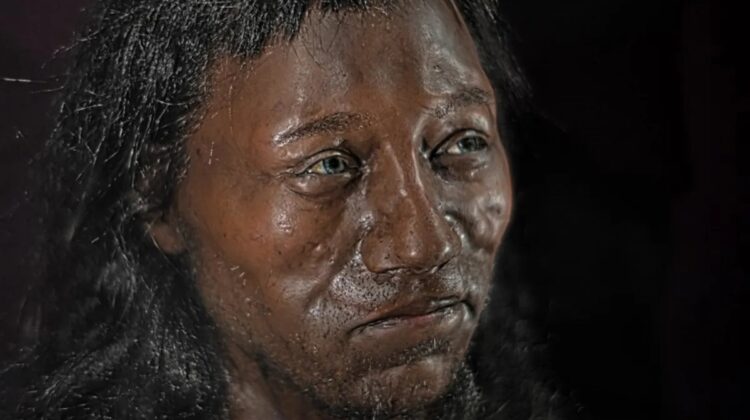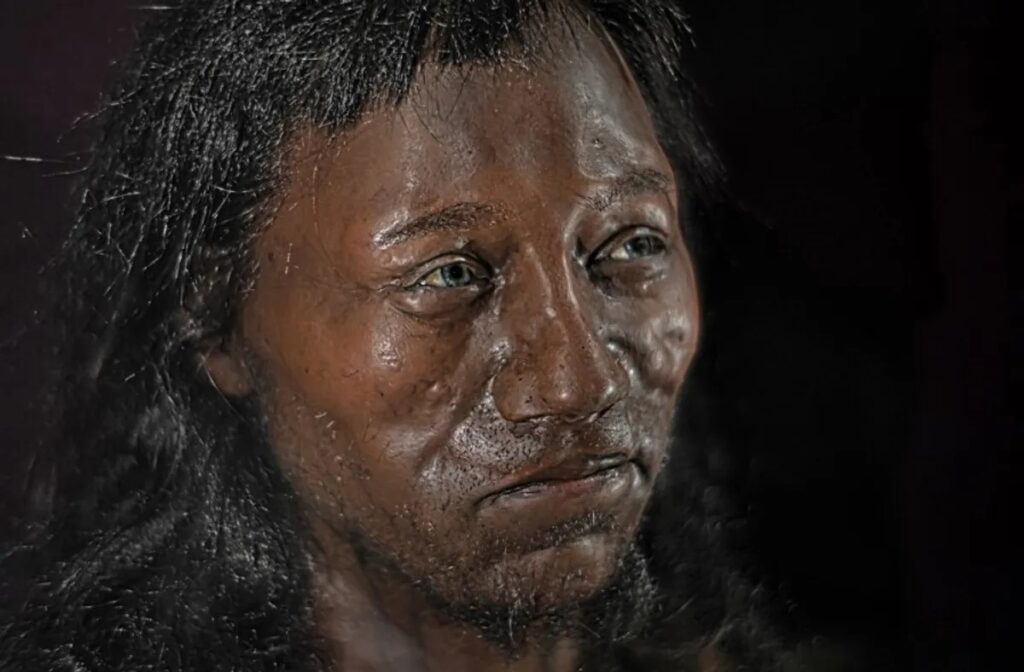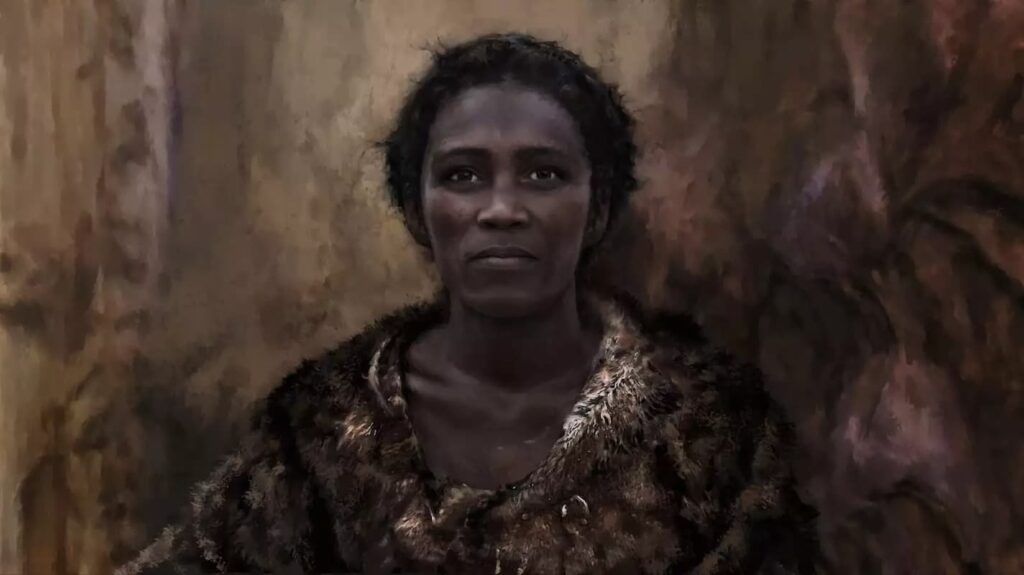
New research has uncovered a fascinating truth about Europe’s past—most Europeans had dark skin up until the Iron Age, much later than previously believed. A groundbreaking genetic study analyzing the DNA of 348 ancient humans reveals that light skin, blonde hair, and blue eyes were rare features in Europe until around 3,000 years ago.
Dark-Skinned Europeans: A Persistent Trait Until the Iron Age
It has long been thought that lighter skin evolved gradually as humans migrated north from Africa, where dark skin protected against intense sun exposure. The assumption was that Europeans developed pale skin early to absorb more sunlight for vitamin D production. However, this new study challenges that view, showing that dark-skinned individuals persisted well into the Iron Age—around the time of Rome’s foundation and the Trojan War.

Genetic Traces from the Paleolithic to the Iron Age
The research traces the evolution of pigmentation across Europe over 45,000 years:
- Paleolithic Period (45,000 – 13,000 years ago): Dark skin was nearly universal among early Europeans.
- Mesolithic Period (13,000 – 10,000 years ago): The first evidence of blue eyes appeared in Northern Europe, but skin remained dark.
- Neolithic Period (10,000 – 4,000 years ago): Farming communities still showed predominantly dark skin, though isolated cases of light skin emerged in northern regions.
- Bronze Age (4,000 – 3,000 years ago): The combination of light skin, blue eyes, and blonde hair became more frequent.
- Iron Age (3,000 – 1,700 years ago): A mix of skin tones was present, marking the shift toward the modern European complexion.

The Role of Diet in Skin Color Evolution
One surprising revelation is that diet may have played a key role in delaying the spread of lighter skin. Since lighter pigmentation helps the body produce vitamin D in low-sunlight environments, it was expected to be an evolutionary advantage in Europe. However, populations that consumed vitamin D-rich foods—such as fish—did not need to rely as much on sun exposure. This dietary factor may explain why dark skin persisted in parts of Europe for thousands of years.
The Changing Face of Europe
The study refines our understanding of human evolution, proving that ancient Europe was far more diverse in appearance than previously assumed. The slow shift toward lighter skin suggests a complex interplay of genetics, environment, and lifestyle rather than a simple, linear progression.
This discovery rewrites the timeline of European skin color evolution, showing that widespread light skin only became common in the last few thousand years. As ancient DNA analysis continues to advance, more insights into the history of human migration and adaptation are sure to follow.
A preprint of the study is available on bioRxiv.

Leave a Reply